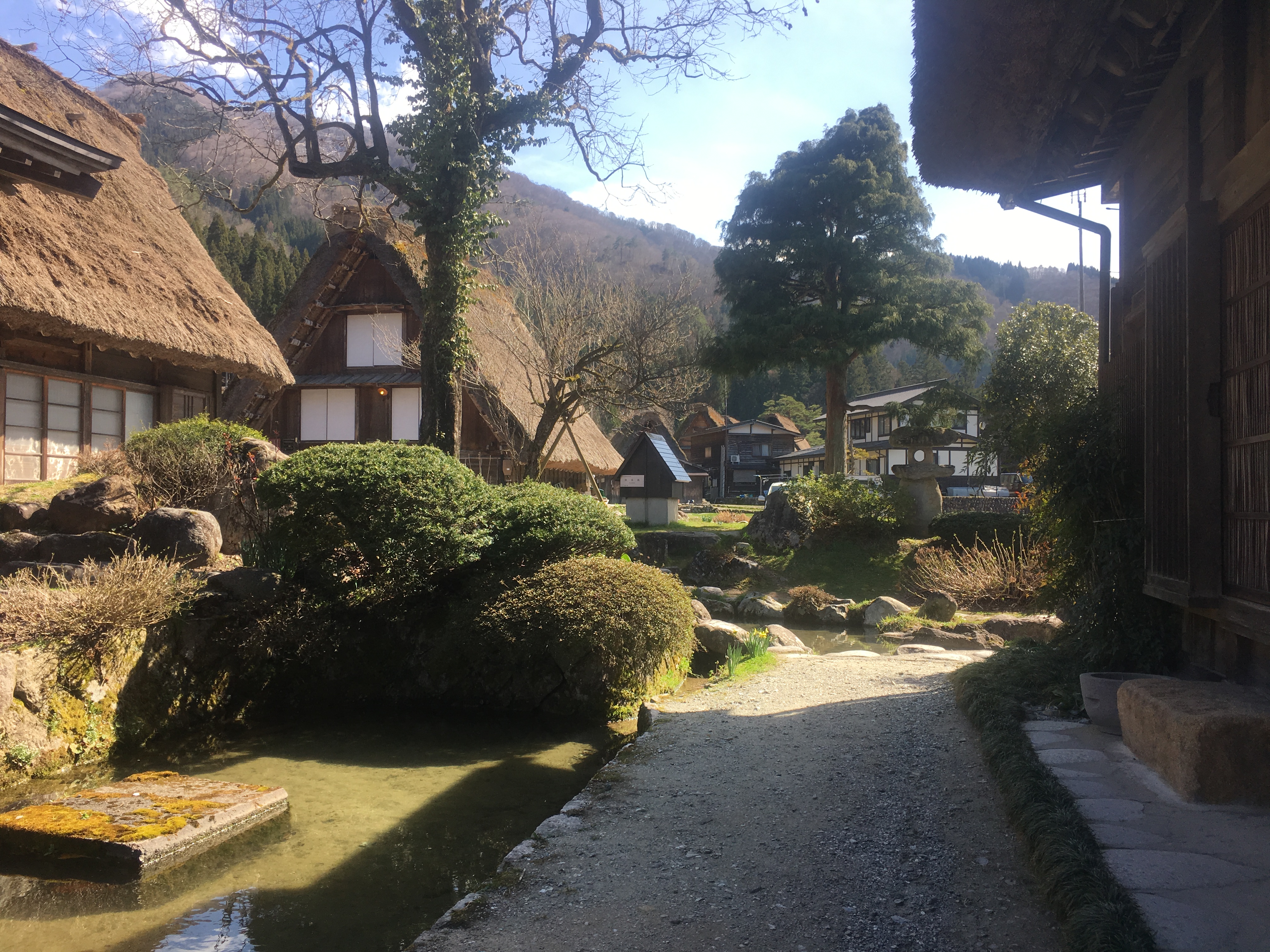The idea of a Tokonoma intrigues me. It is such a simple display of wealth, power, and beauty all wrapped into one elegant portrayal. Similar to many other parts of Japanese culture, they find beauty in the smallest things.
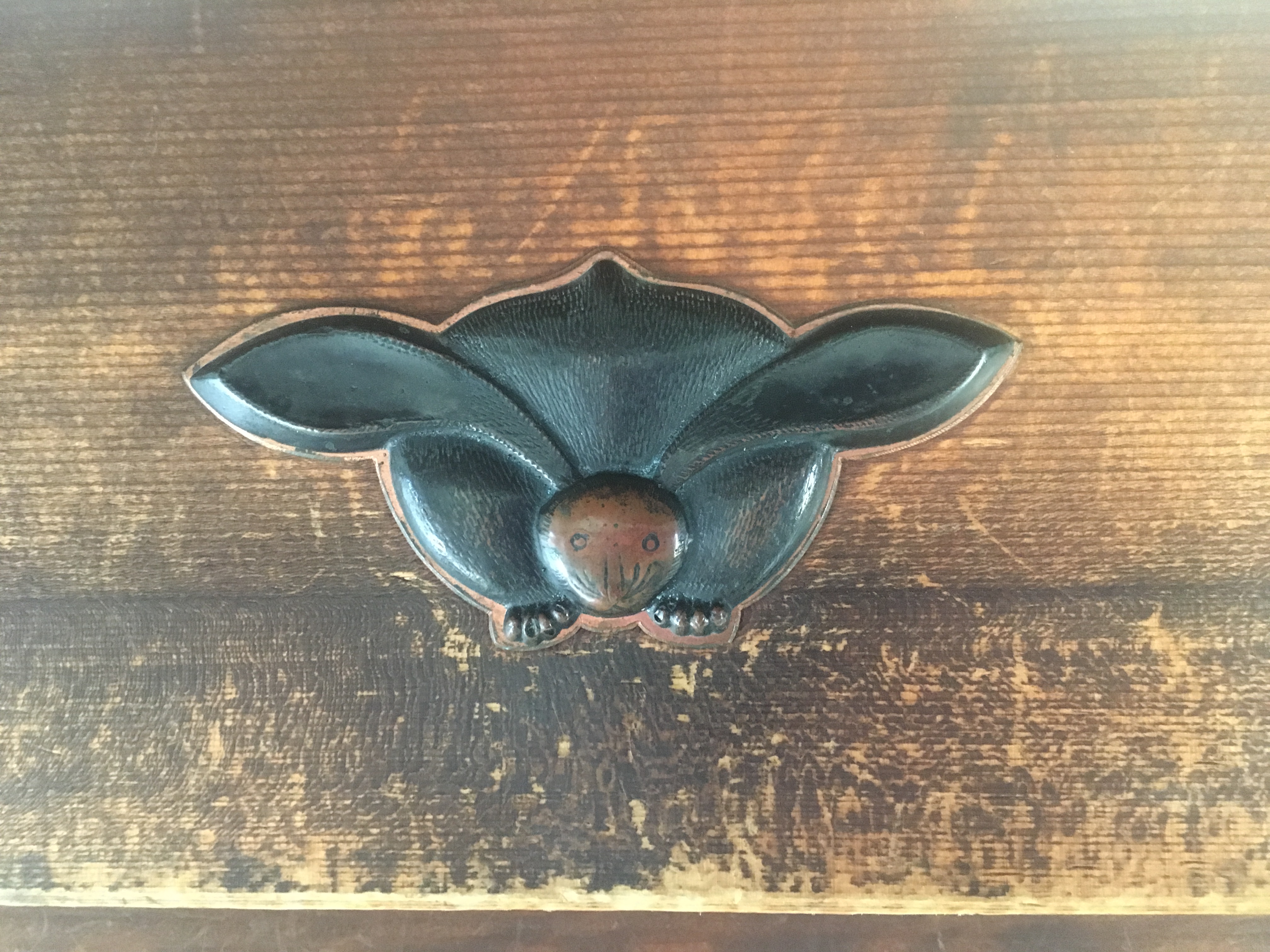
A nail head cover in the hall of the governor. Even the smallest things were beautiful. This was approximately 2 inches in width. It’s a bunny rabbit, a symbol for harmonious living.
The placement of each branch, the curve and reflection of light off of every vase, the correct hanging height of every piece of artwork all held meaning. I found it fascinating, and very logical, everything in a room’s place to be viewed from the sitting height. In order for us to properly understand the beauty of much of the country we needed to either be kneeling or sitting on the floor.
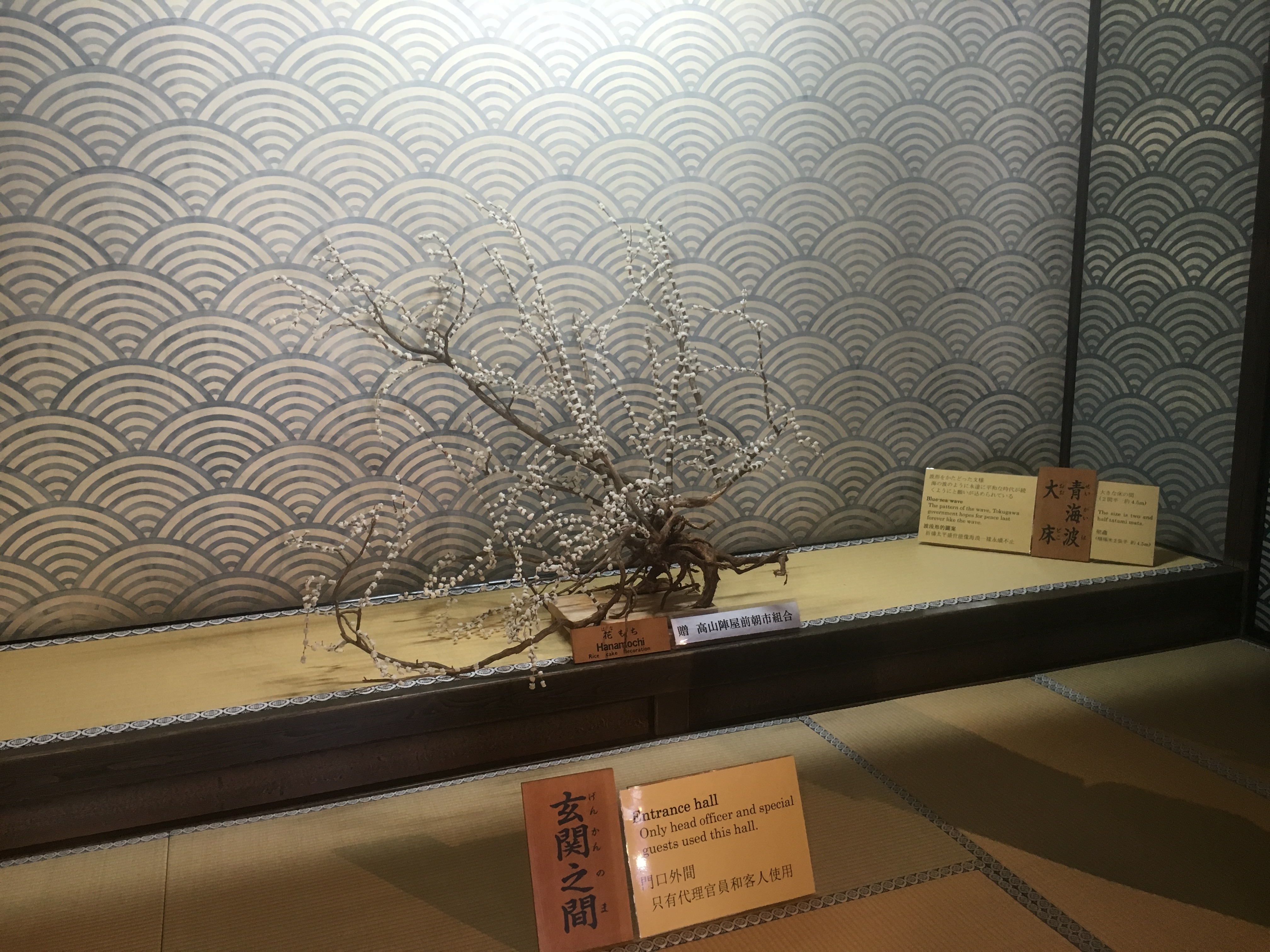
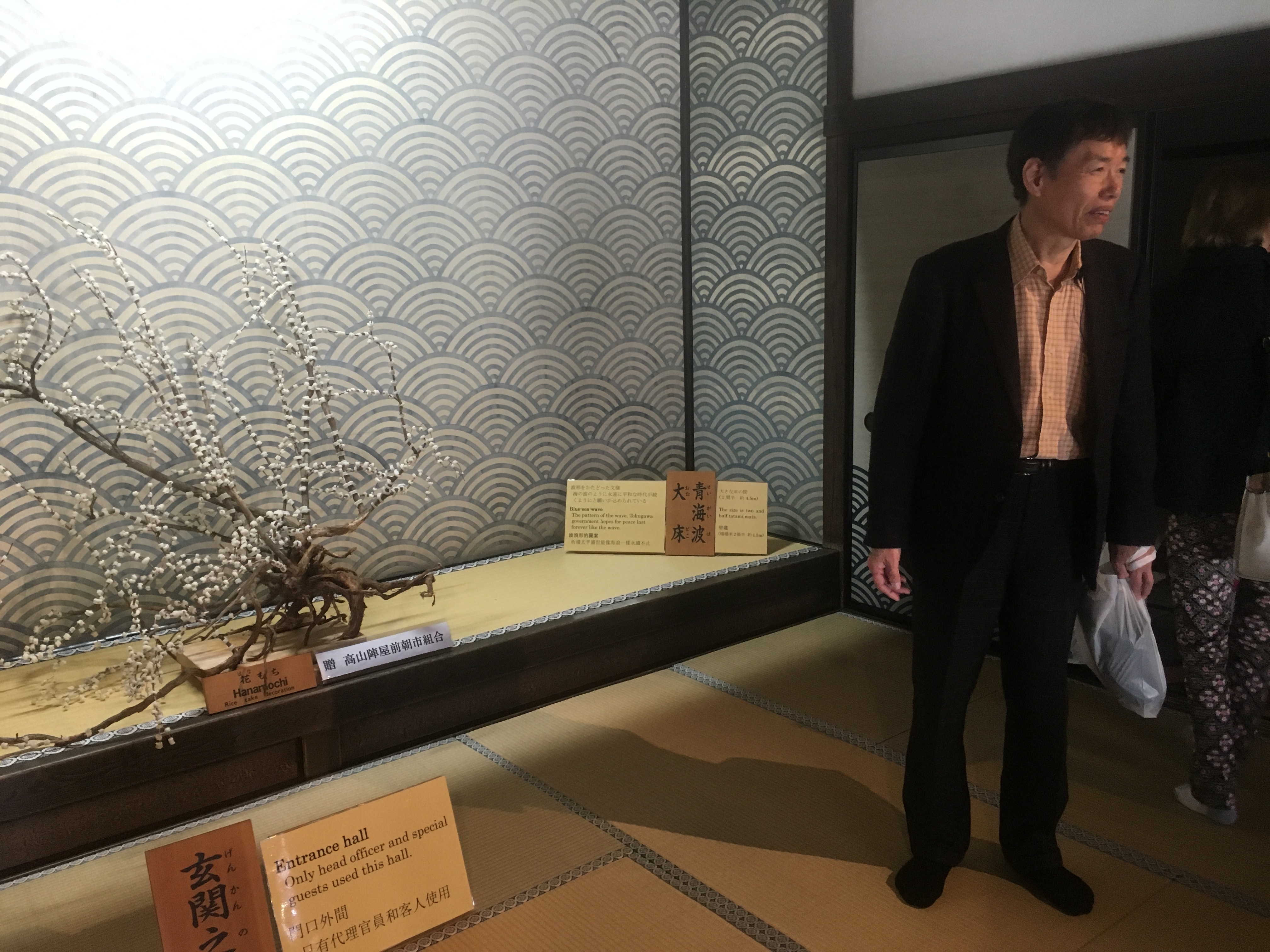
Today we went to visit the hall of the governor in Takayama before we headed on to Shirakawago. As you can see below the governor in the room in which others would come to me him had an absolutely beautiful Tokonoma.
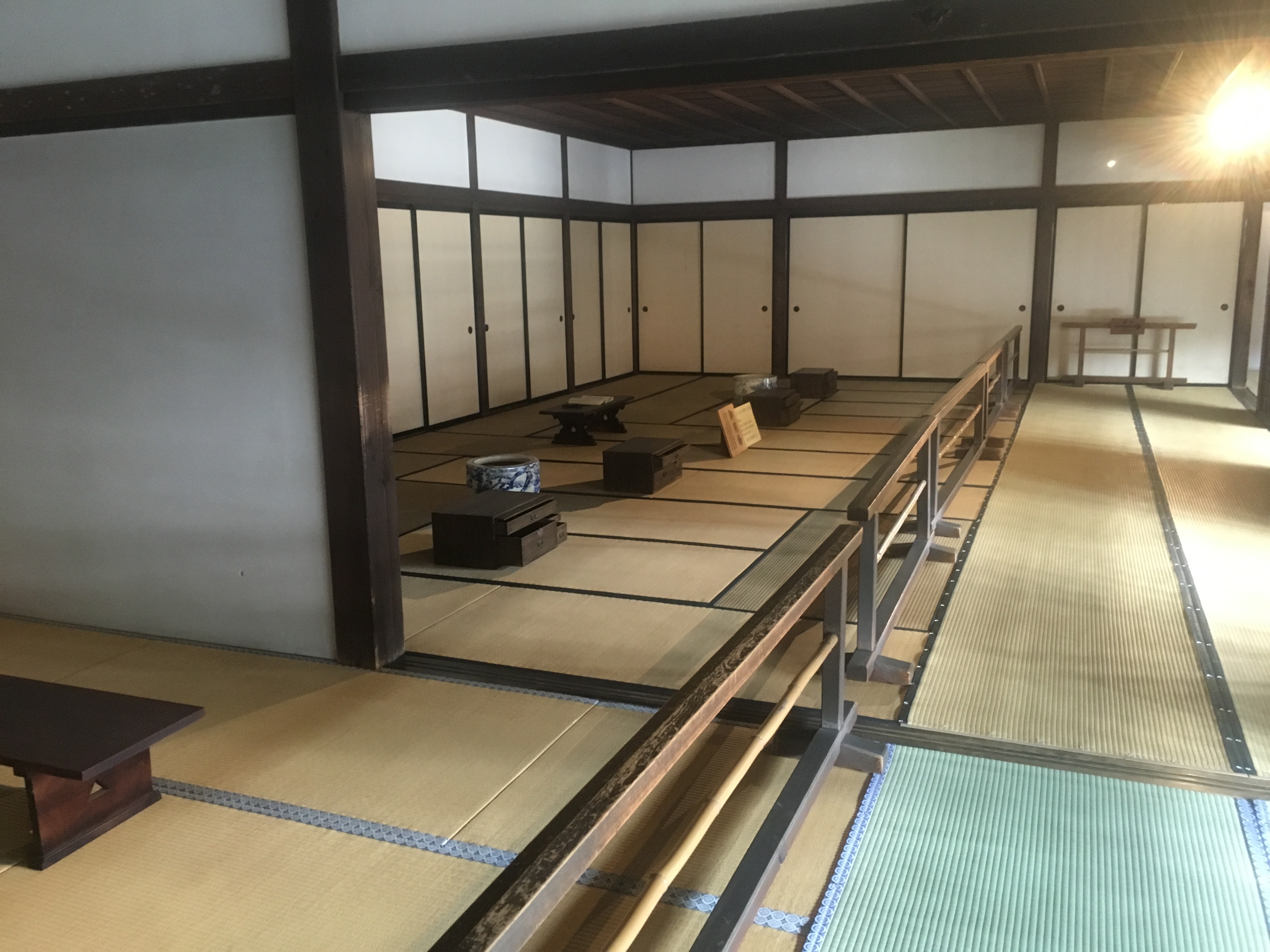
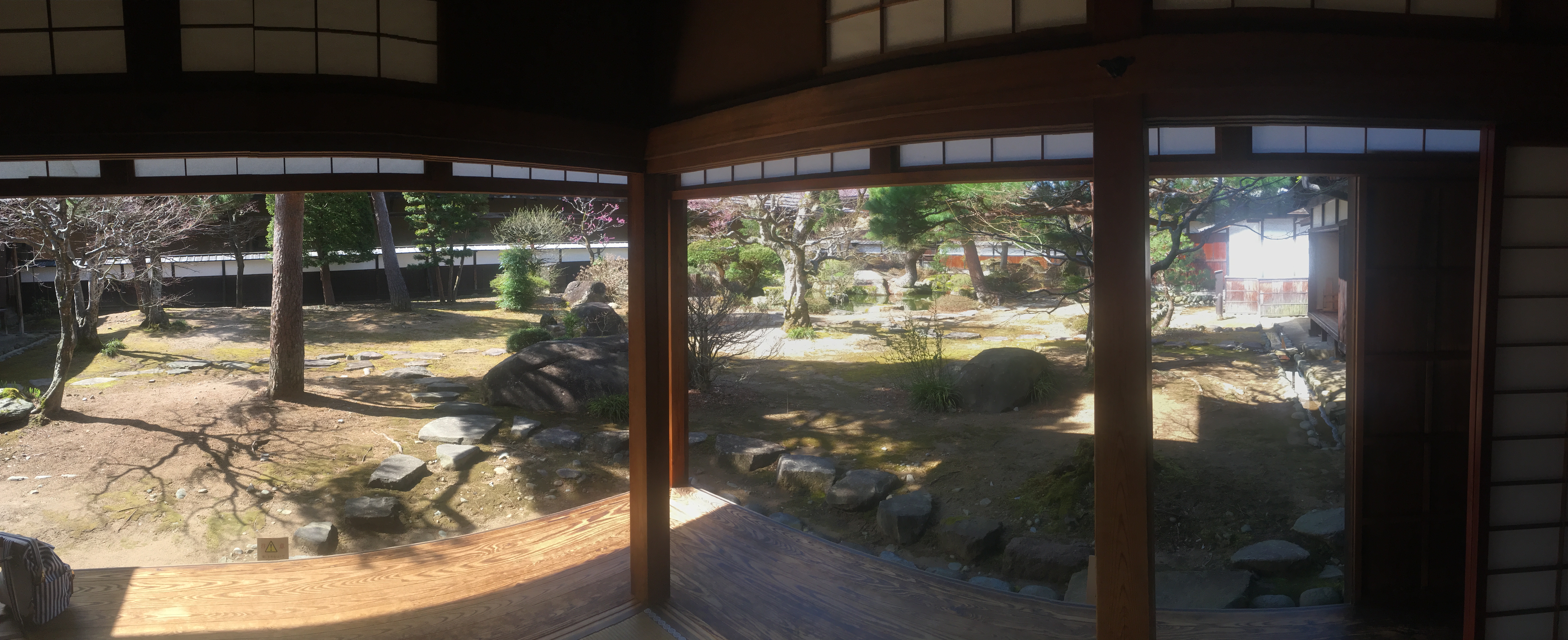
View from the governors personal room into the courtyard
After the brief idea of what it was like to be a commoner, (which by the way you cannot really see from here because you would be sitting on the dirt floor outside of the hall to even be able to address the governor), we headed on to Shirakawago, a UNESCO world heritage site compromising thatched roof homes relocated from villages that were raised for the construction of a dam nearby.
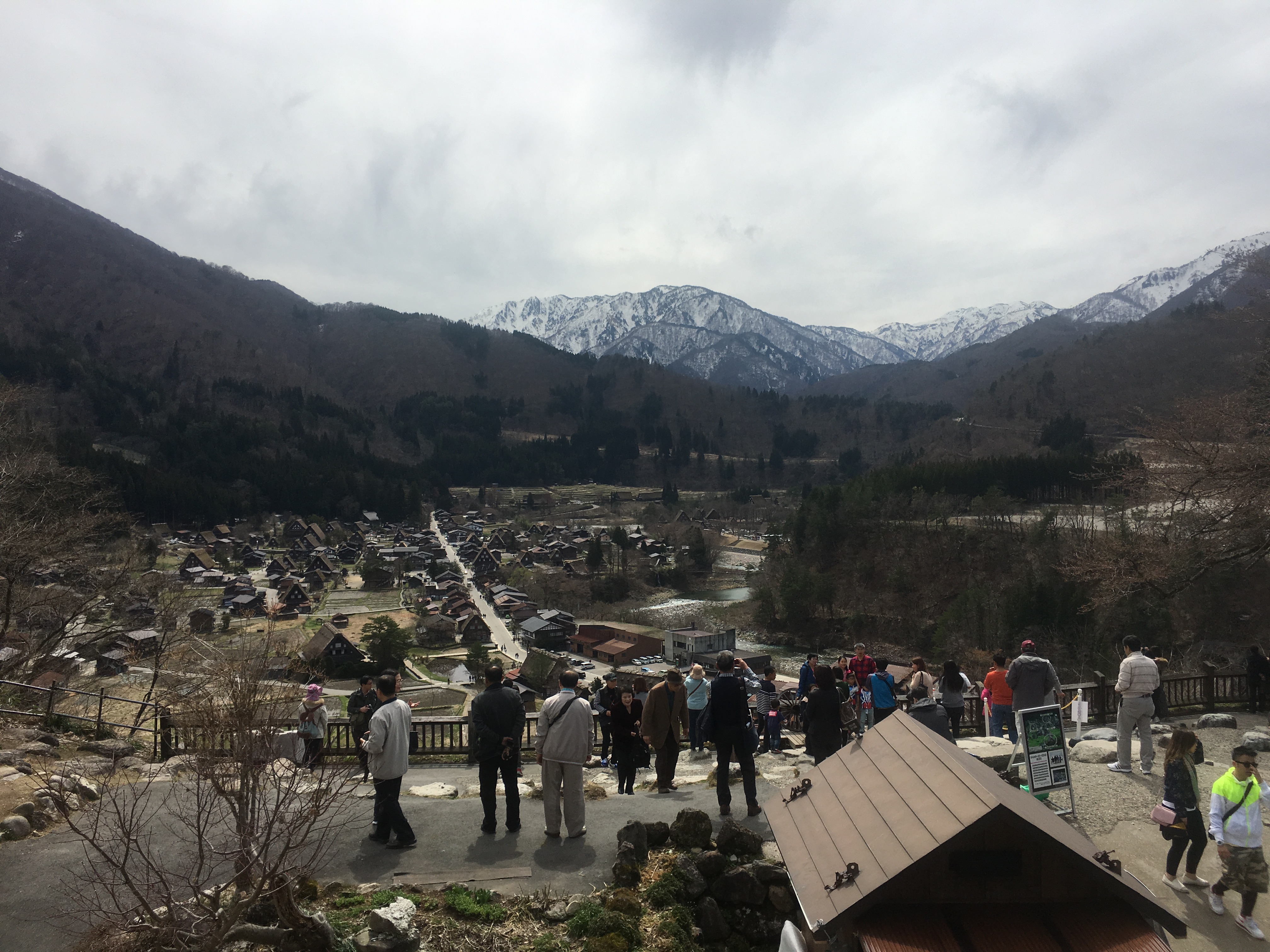
In addition to its status as a world heritage site, the village also is a vibrant living community’s residence work together to preserve the Gassho-style architectural style unique to this region: wooden houses with steep thatched roofs made to withstand heavy snows.
One of the questions that was brought up is how frequently do the roofs need to be replaced? According to our guide to Tanidasan, the roof only needs to be replaced every 60 years if there is a proper fire being burnt inside the house, as the smoke will seal the straw against leakage and pests. If there is no fire being burnt the roof will last for 30 years! Much better than our warranties in the States!

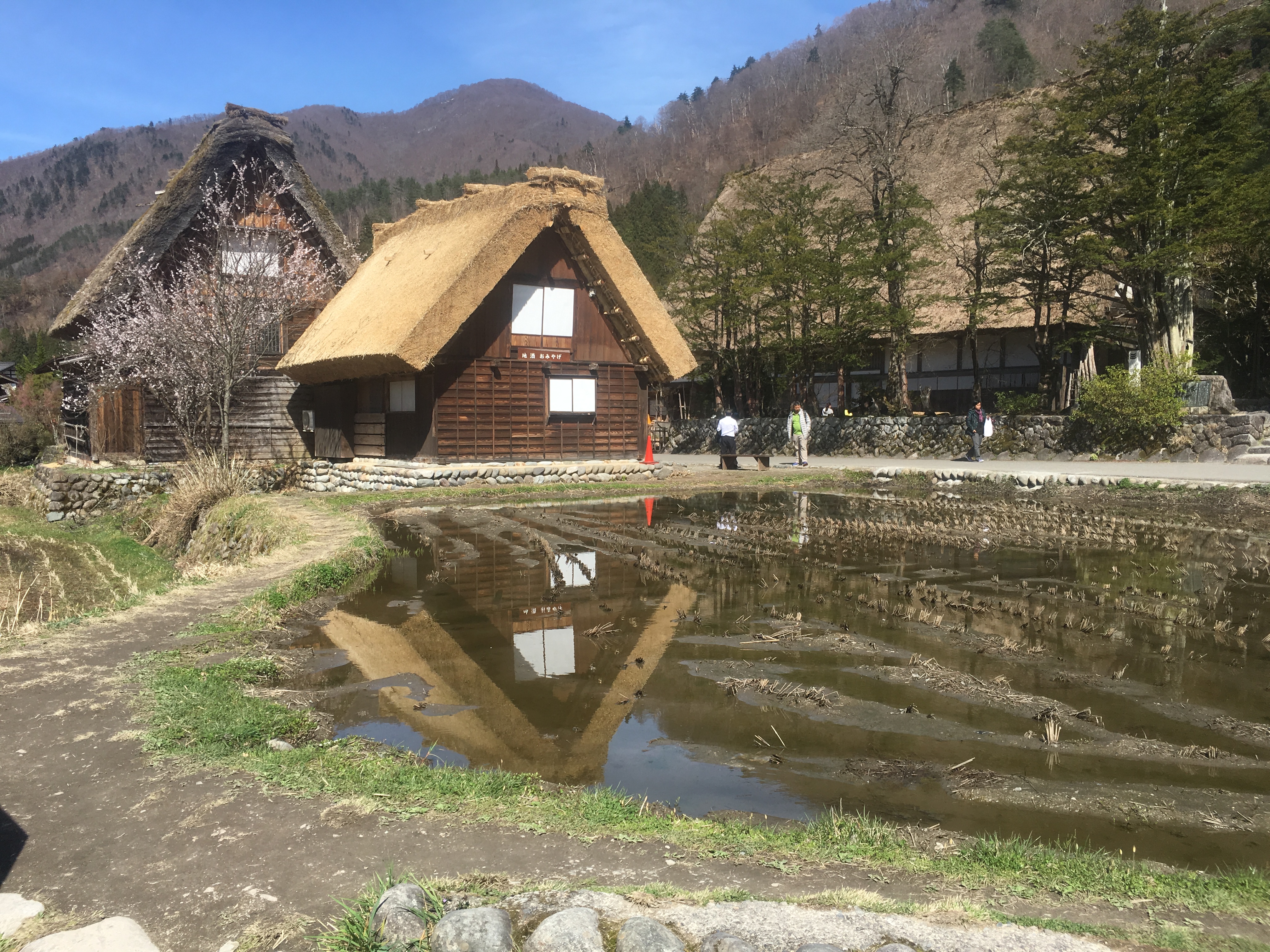
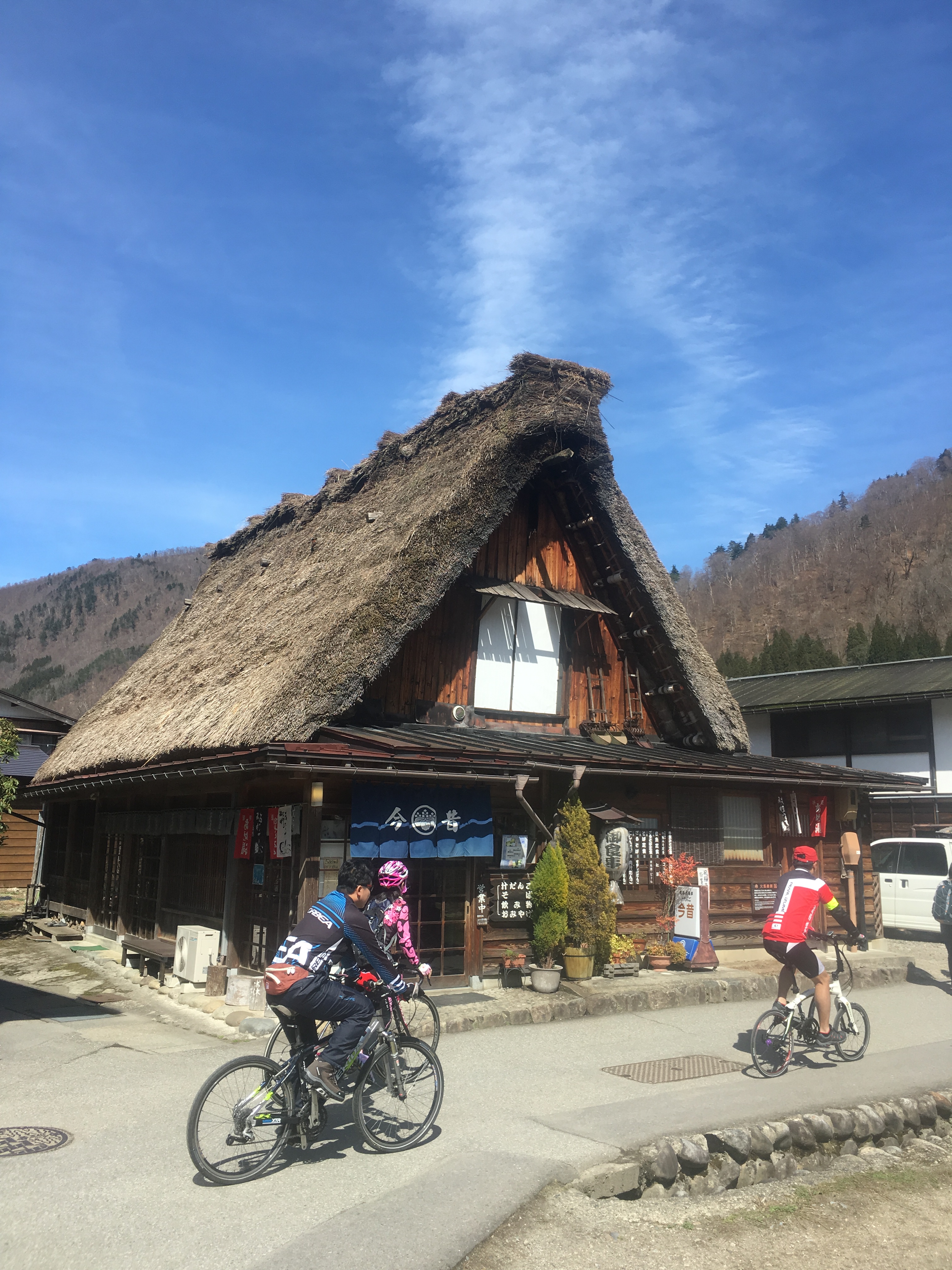
in the following picture you can see the home proudly displaying four fish flags. Each fish flag represents a son in the family, and promotes to the neighbors that they have eligible sons to marry off. In the culture in Japan only the oldest son inherited anything. So all other boys were expected to make their living performing some other skill. They may become warriers, artisans, artists, or businessmen.
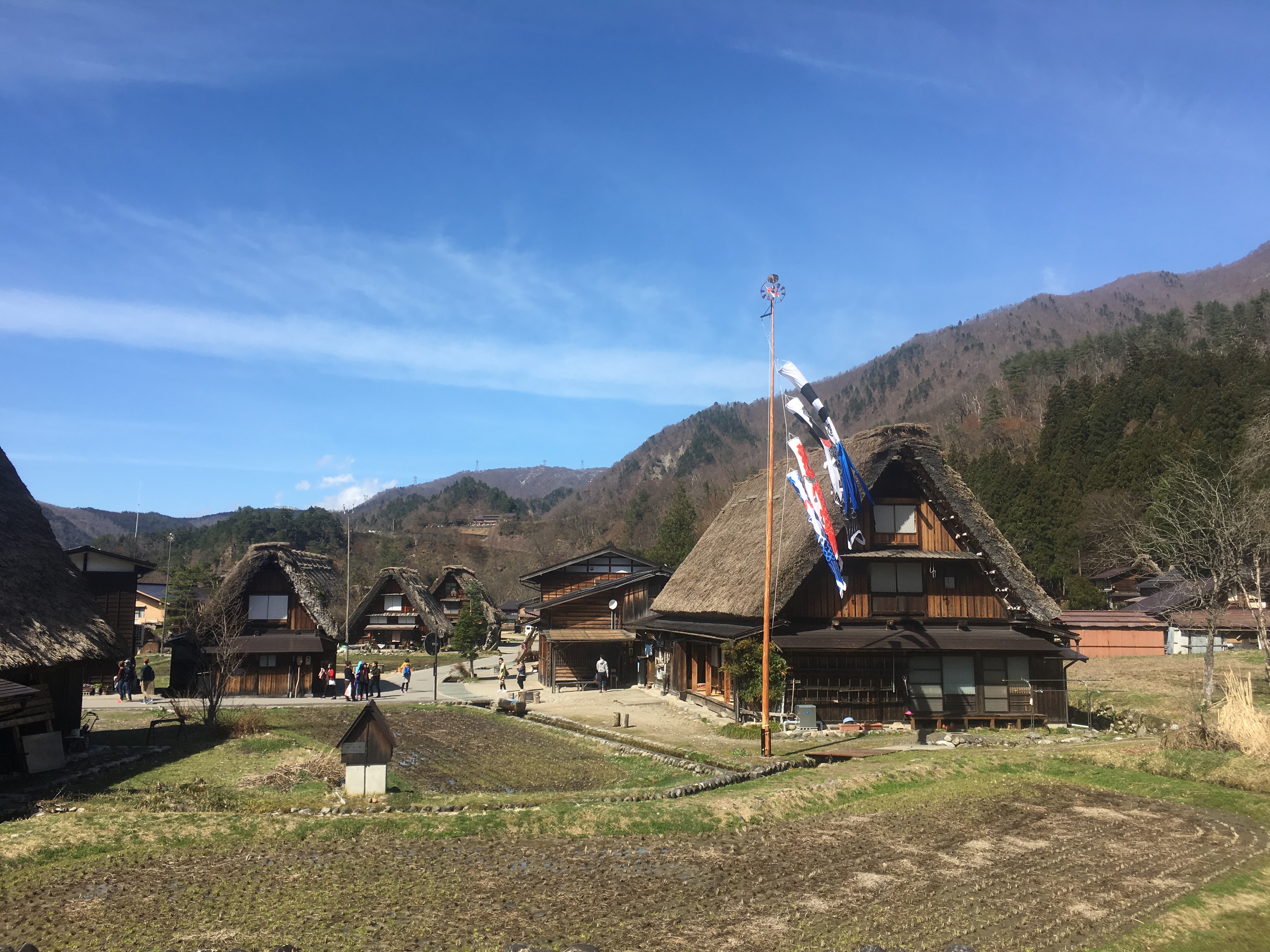
One of the things that I found fascinating about this particular village was that in the waterways actually created their own system of easy fishing. What you are seen below is carp that they will eat if the weather becomes too unbearable to hunt.
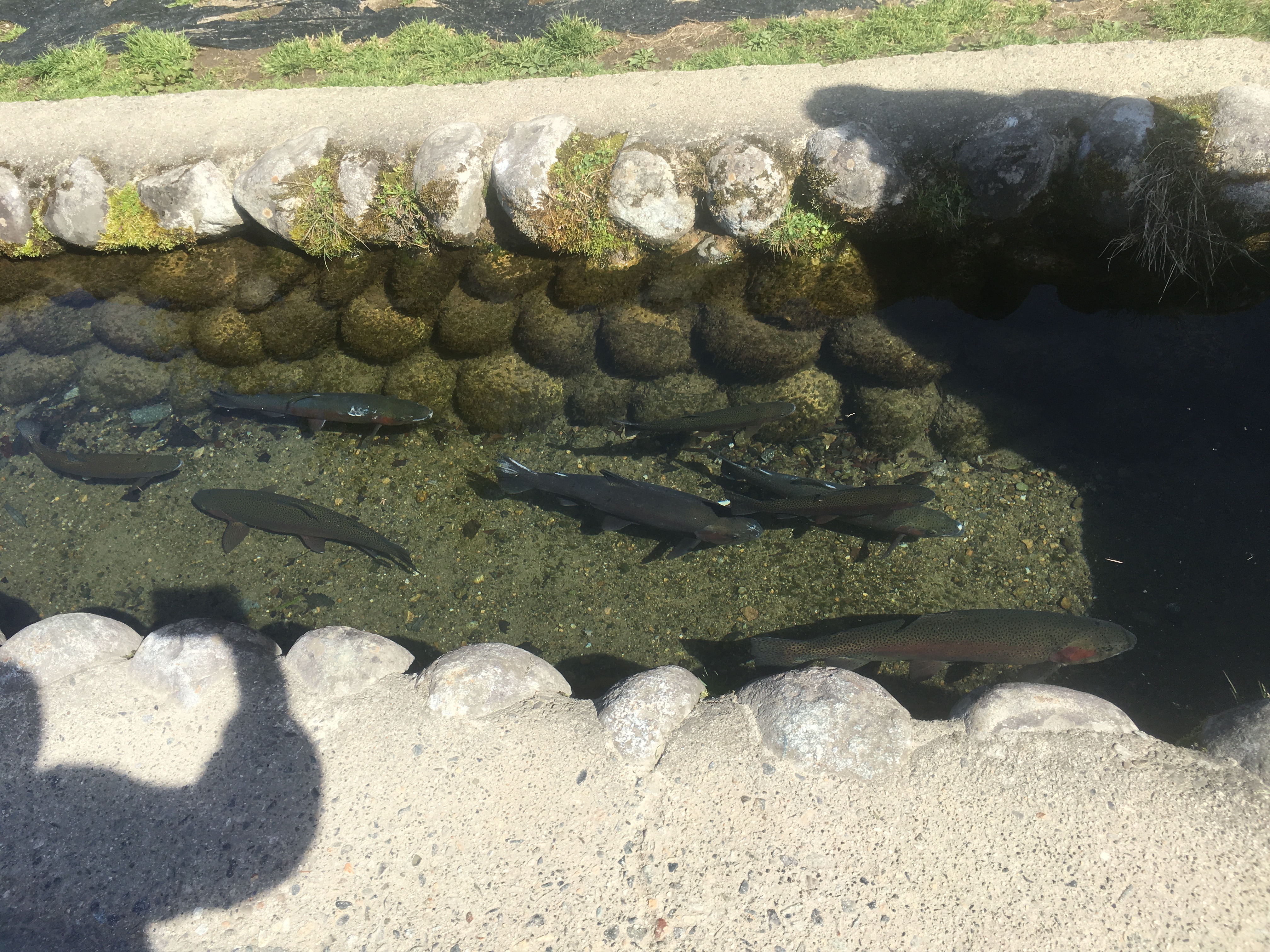
And of course, what village would exist without the due from the governor’s house?
